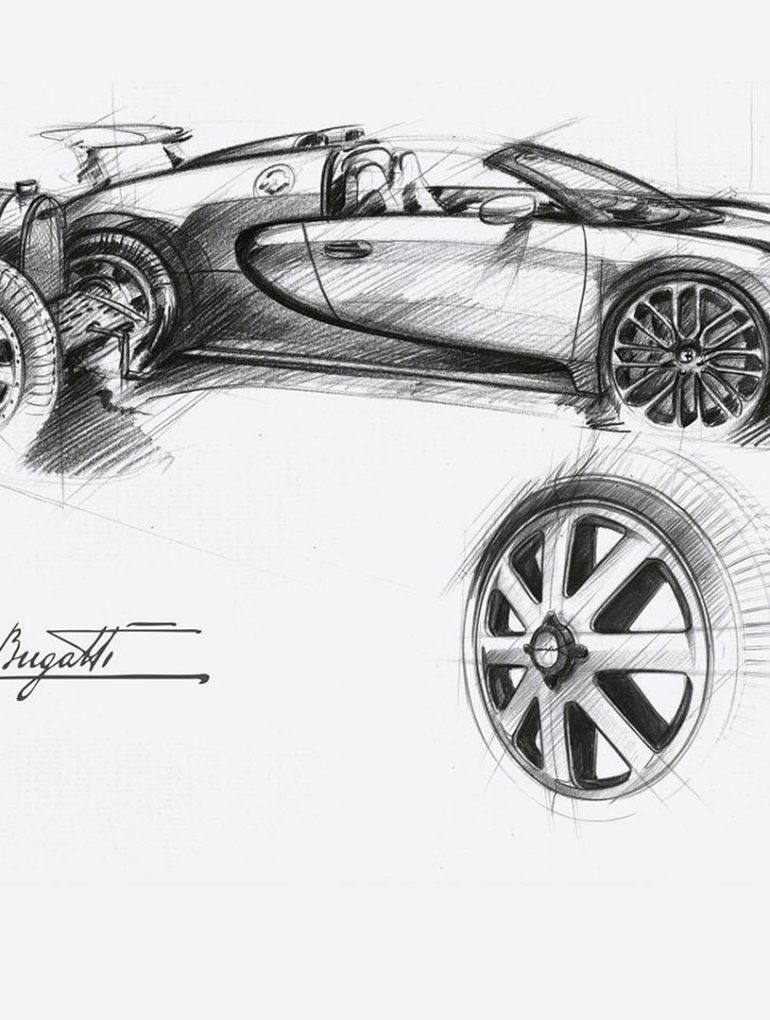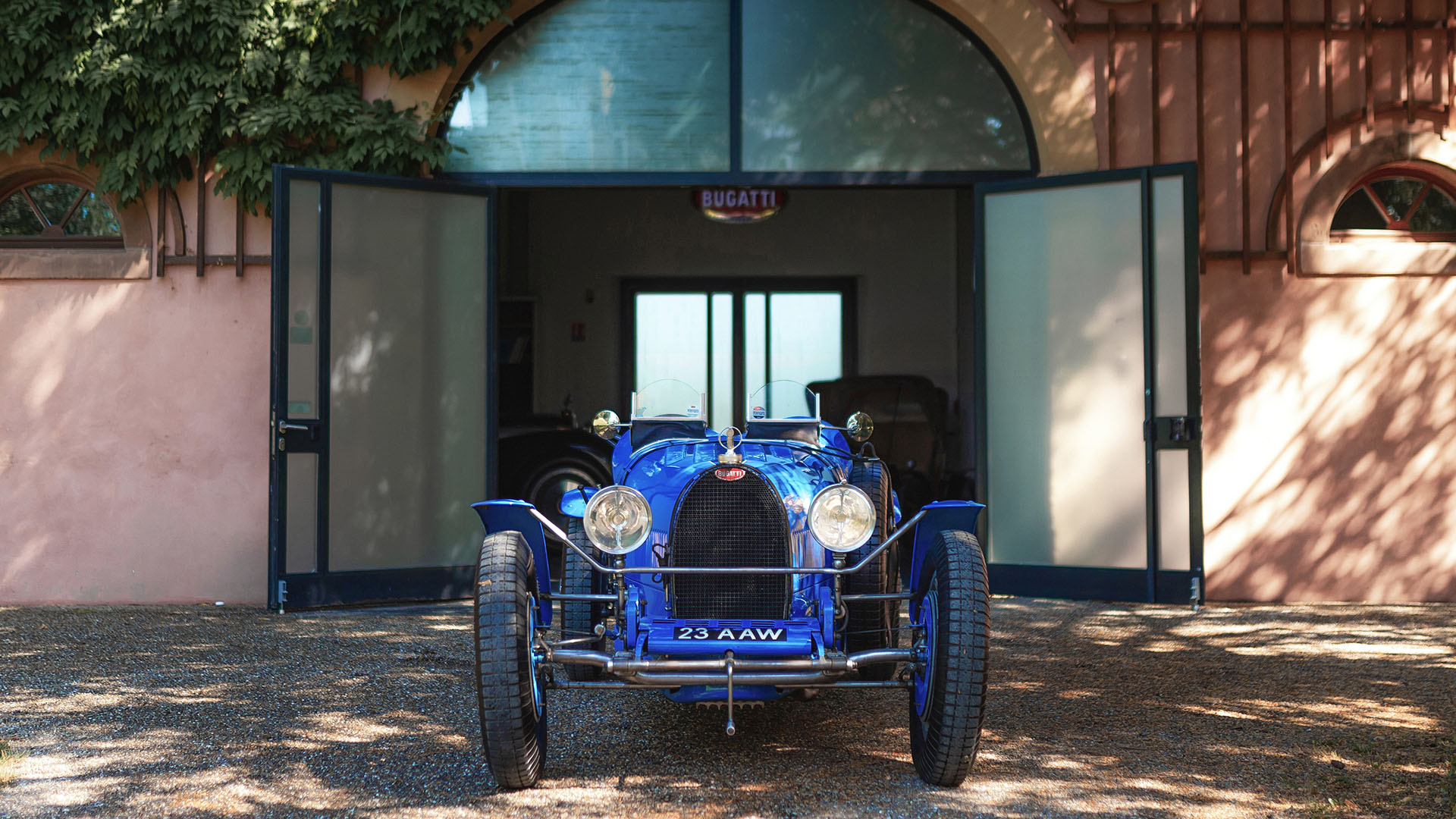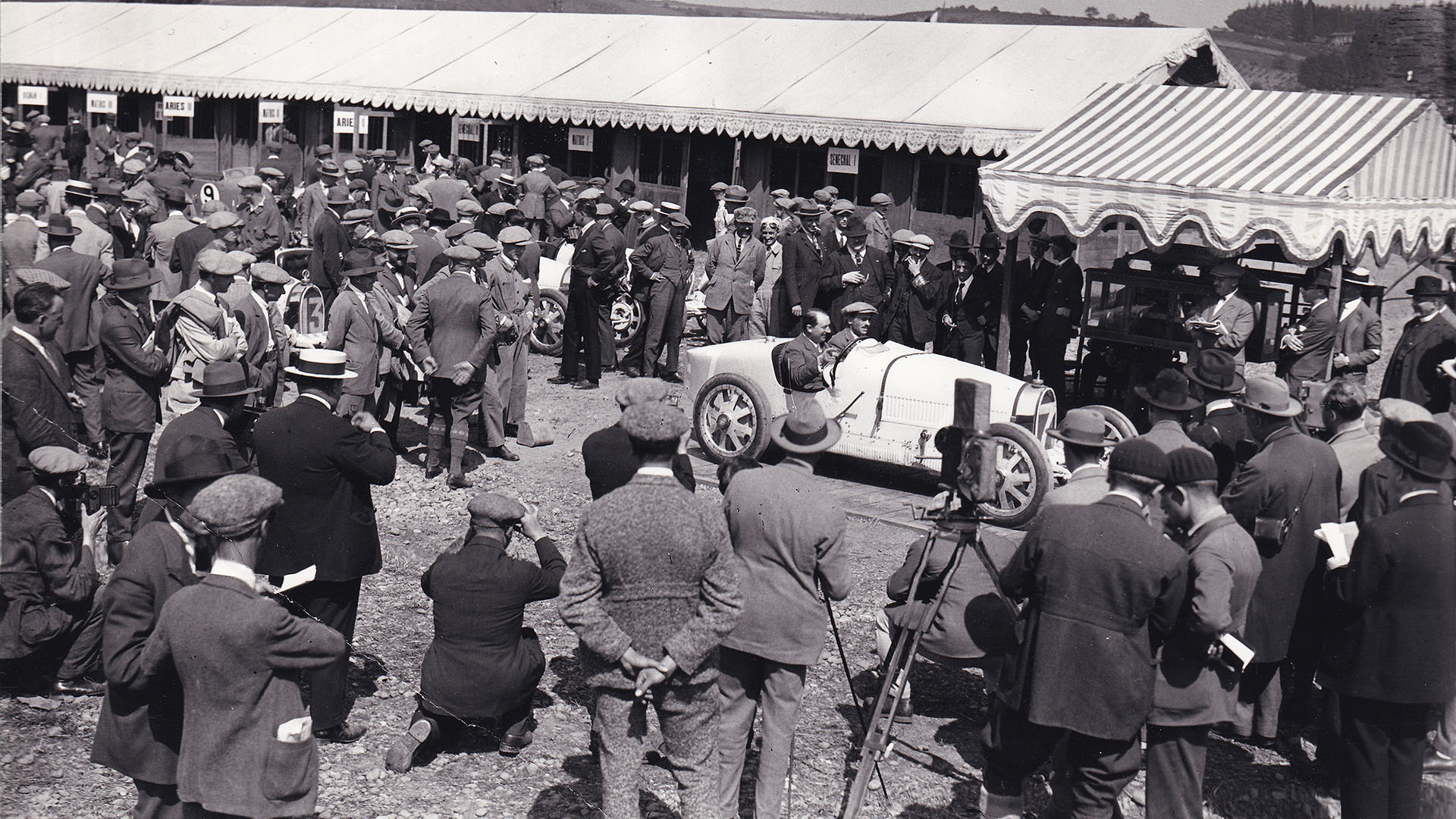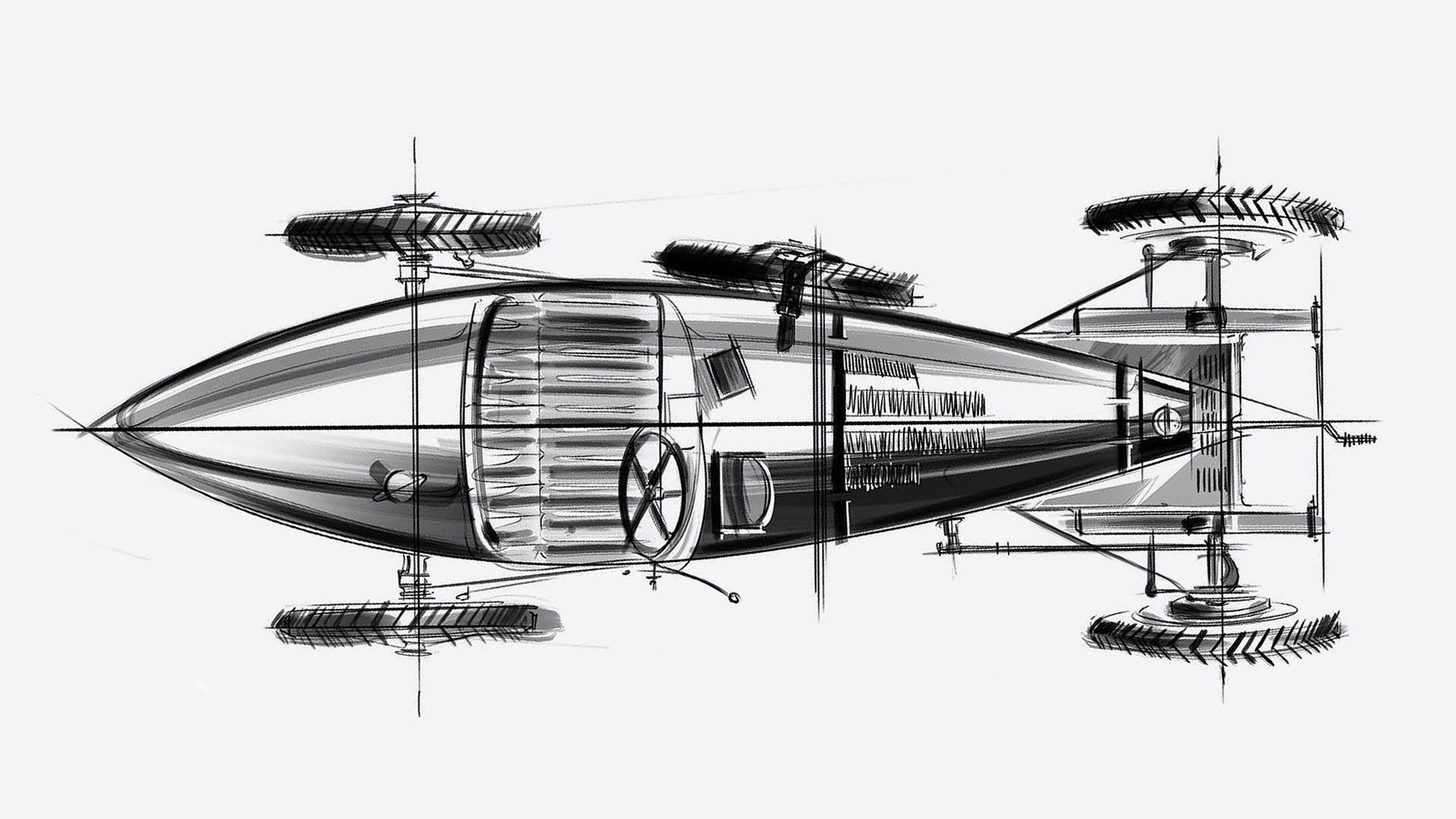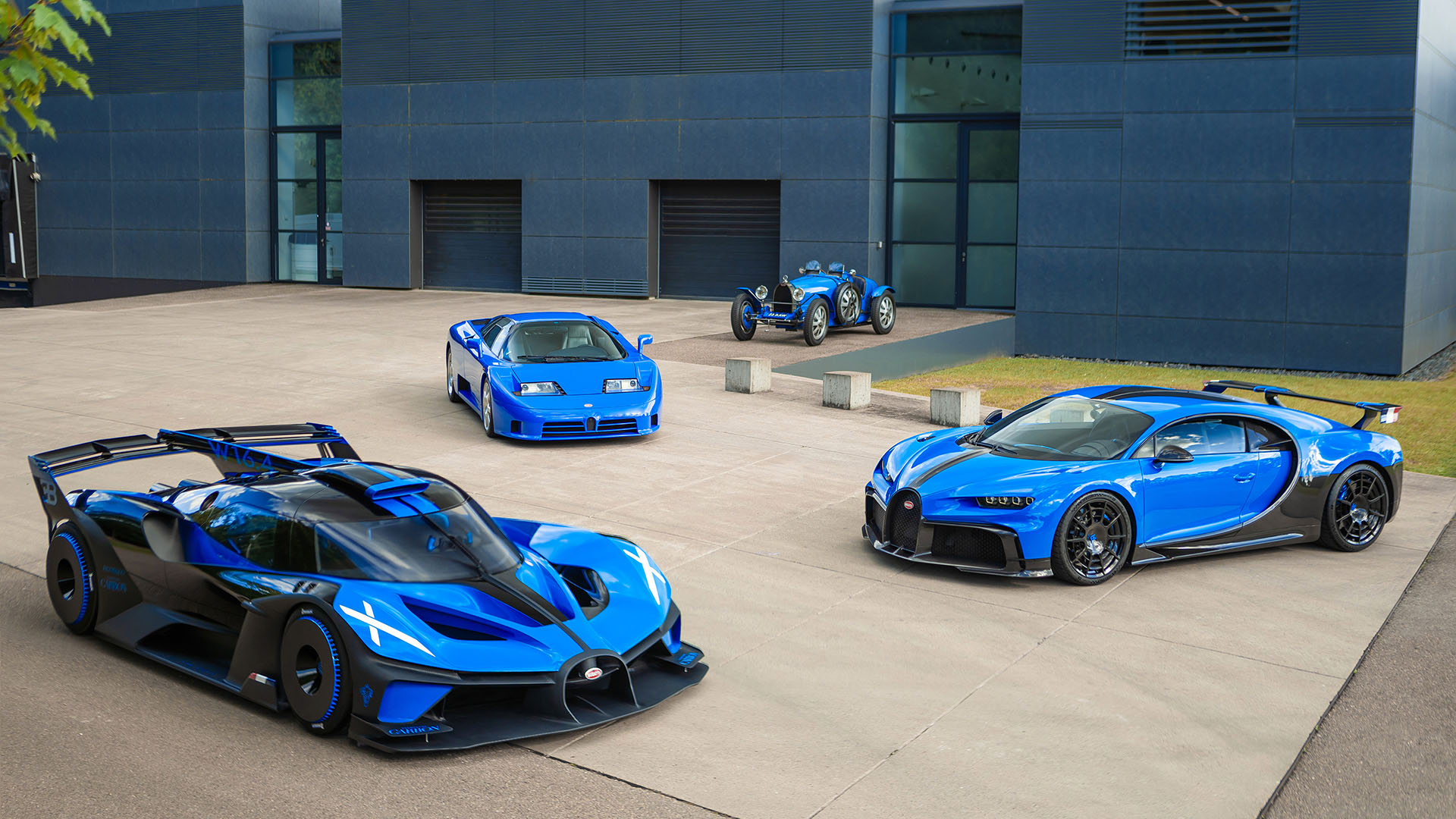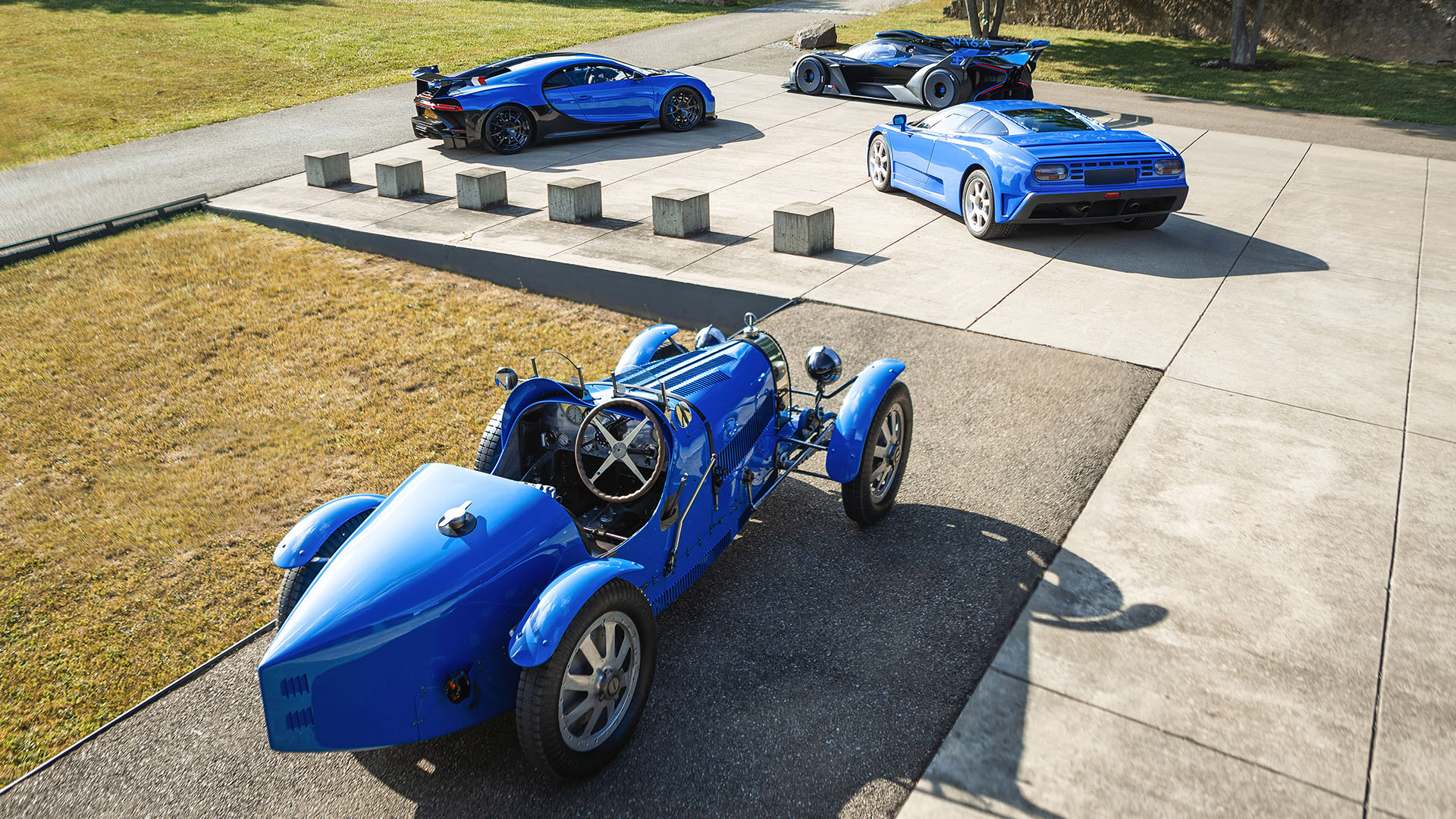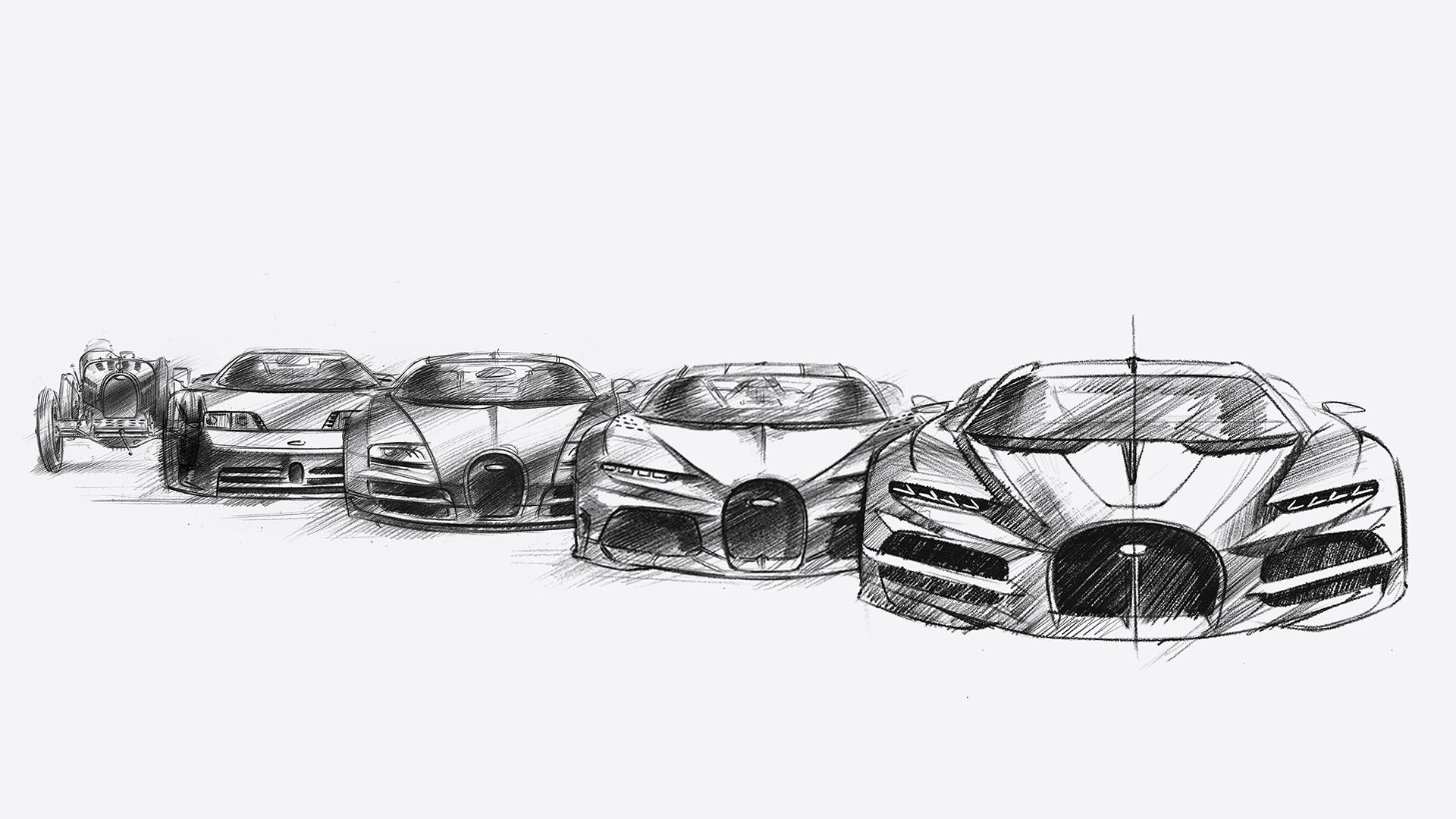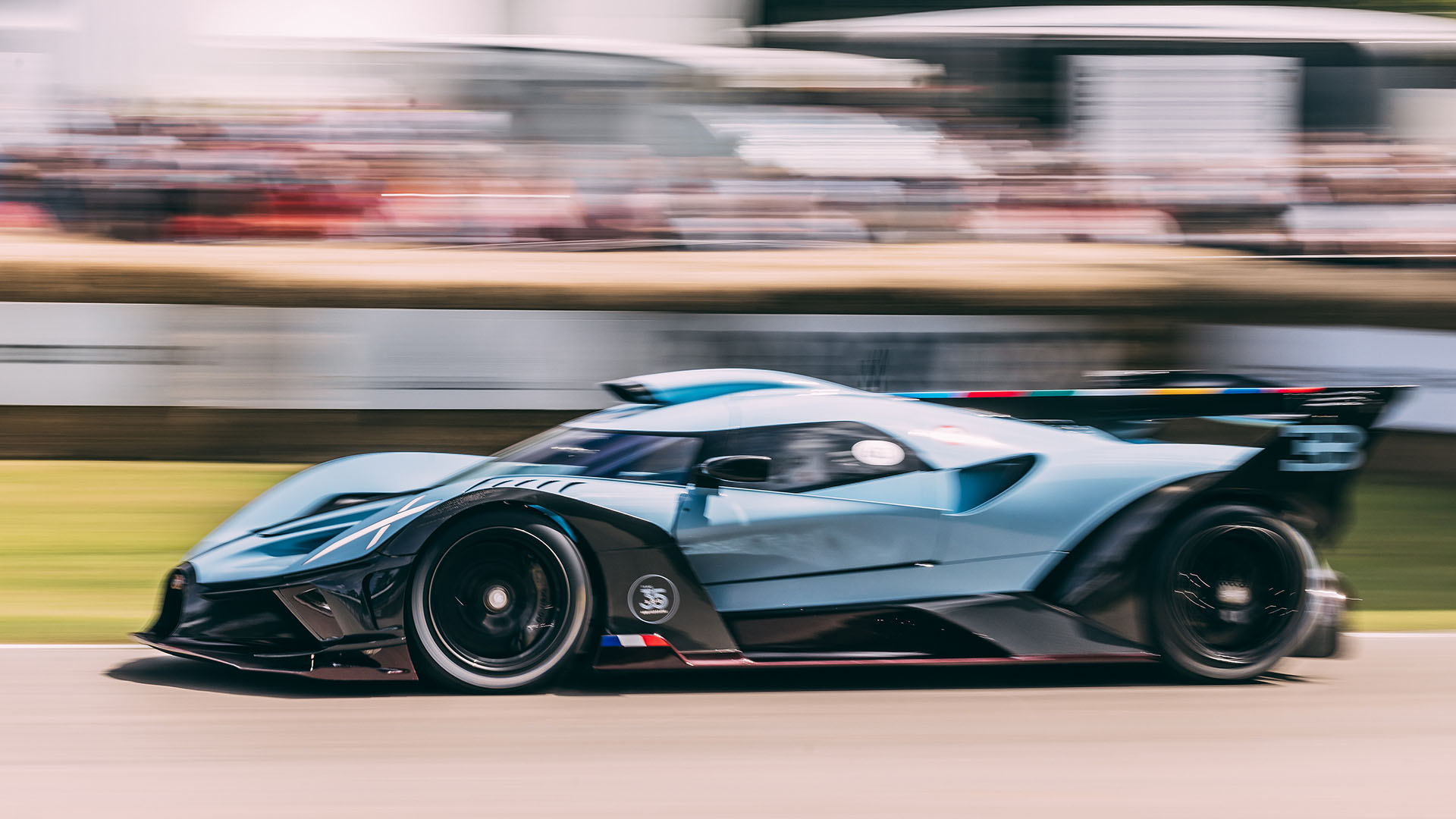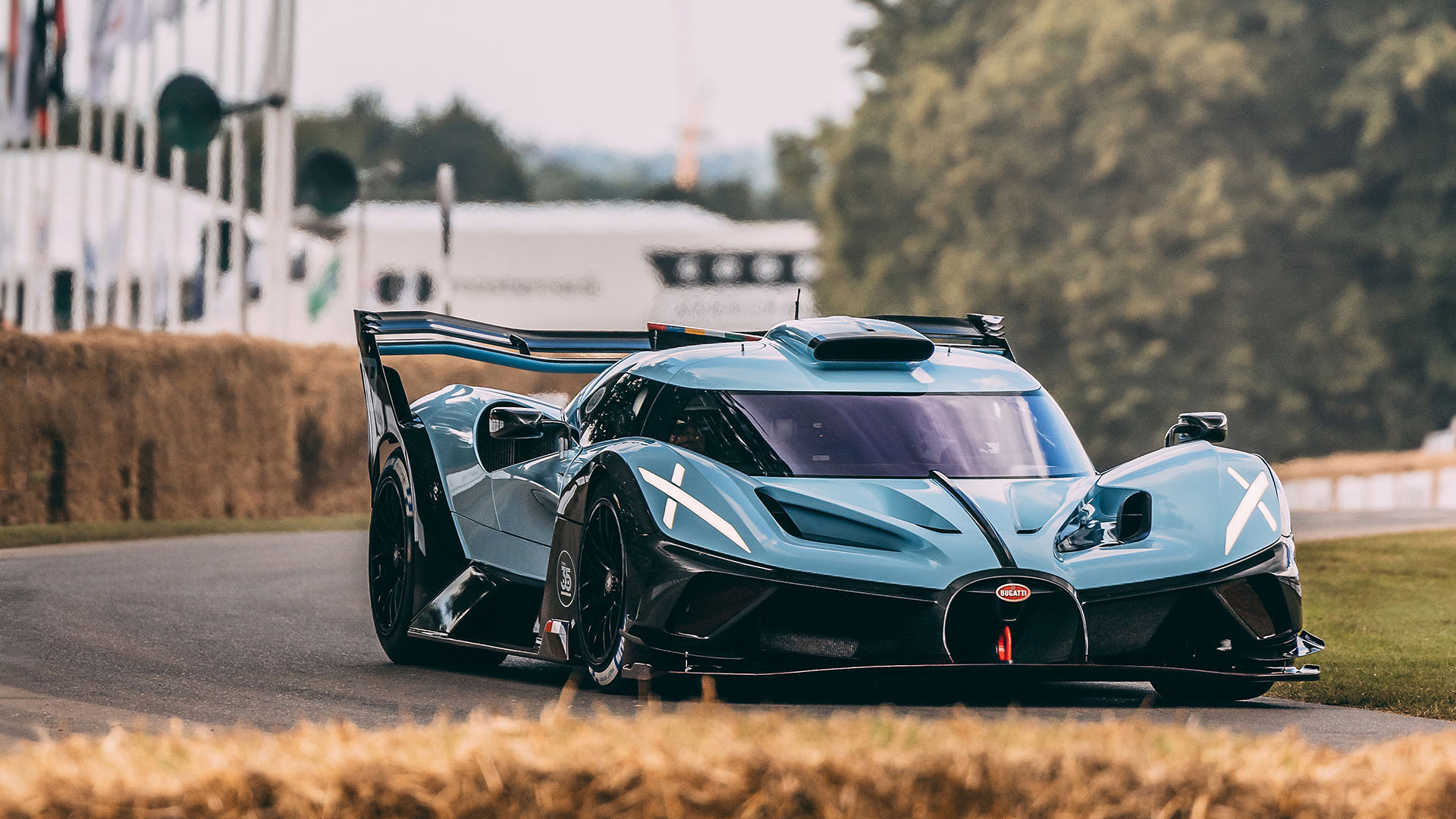Coming from a family of artists, it is no surprise that Ettore Bugatti insisted that aesthetics were of fundamental importance in everything he did. However, as a gifted engineer, he also understood very clearly that form must follow function, and this innate understanding of design principles ensured that the cars he created were like no other – truly incomparable. The Type 35, which made its debut in 1924, is the perfect embodiment of Ettore’s meticulous approach. The streamlined eight-cylinder machine partly owes its beautifully proportioned form to the need for frontal area aerodynamics. The car also stood apart because of the sheer attention its creator paid to every last detail.
“The mindset of Ettore Bugatti can be seen in every element of the Type 35. And while of course, technology moves on, the values that gave birth to the Type 35 – purpose-driven and completely authentic – remain to the fore in the creation of every contemporary Bugatti, including our new Tourbillon hyper sports car, today. Ettore Bugatti was a master in creating innovative, cutting-edge technology that had a certain aesthetic to it. From the vice on his workbench to the pasta machine that would supply pasta for customer dinners, both self-made, to the hospitality tent on the race track, this holistic approach, which the Type 35 was very much a part of, still lives on. And we nurture this legacy with pride and respect.” FRANK HEYL, BUGATTI DIRECTOR OF DESIGN
In addition to being light, the hollow front axle fitted to the Type 35 was also beautifully finished, having a luster that matched that of the now-iconic horseshoe radiator cowl. The metal dashboard was finished in a process called “engine turn” which enhanced its appearance and prevented stress cracks from forming. Even under the long, louvered bonnet, components, which many customers might never see, were all designed to look as good as they performed – the exquisitely-shaped exhaust manifolds of the 8-cylinder engine being just one example. These qualities were not lost on the press, with reporters who watched the Type 35’s debut grand prix at Lyon noting that the car immediately caught the imagination of those who saw it.
A century later the Type 35’s legacy, reputation, and influence have only grown stronger. This is evidenced by the ‘Type 35 100 Anniversaire’ motifs proudly emblazoned on the front fenders of the Bugatti Bolide, finished in “Bleu de Lyon”, a hue very similar to its illustrious ancestor, that made a star appearance at this year’s Goodwood Festival of Speed. The car’s transformative combination of beauty, innovation, and technology is still a core element of Bugatti’s DNA today. So, it is no surprise that the Type 35B in Bugatti’s own collection serves as a constant source of inspiration for the brand’s design team. The perfect proportions of the fuselage-shaped body, inspired the Veyron, Chiron, and now the Tourbillon. The horseshoe grille of the brand’s latest model, although an evolution of the original, is instantly recognizable and retains the same absolute design purity, and it is from this that all lines and volumes of the car originate.
Other elements of influence are more subtle but are no less important. The Type 35’s front brakes are controlled by a sophisticated linkage. It can be seen in operation from the driver’s seat and provides a distinct mechanical connection between car and driver: a true human-machine interface. A similar principle guided the development of the intricate engine start lever found in the cabin of the Tourbillon. The mechanism used to bring the all-new naturally aspirated V16 to life has been also purposefully crafted to be a physical experience – a clear link to the glorious machines of the past.
Hidden away beneath the hyper sports car’s perfectly crafted carbon fiber exterior, the Tourbillon features innovations such as 3D-printed aluminum front suspension arms and uprights. This innovation reduces weight by 45 percent and is a cutting-edge development that mirrors Ettore Bugatti’s breakthroughs with aluminum wheels and hollow axles pioneered on the Type 35.
Frank Heyl, Bugatti Director of Design, continued: “When a customer comes to the Molsheim Atelier and sees their car being built, even without the exterior body panels on it they immediately recognize it as a Bugatti because the whole car has a certain aesthetic, and every part has been designed to look beautiful. A Bugatti is timeless, and for something to be timeless it must be authentic, and that means that everything – right down to the last bolt – has to be purpose-driven and tell its own story. This is a continuation of Ettore Bugatti’s philosophy of technical beauty combined with the latest technology – the philosophy that made the Type 35 unbeatable, and that lives on at Bugatti to this day and influences everything that we do.“
Every car created in Molsheim is designed to endure not just for decades, but for centuries, and the new Tourbillon proudly continues this tradition. Like the Type 35 before it, the Tourbillon is an automotive icon “Pour l’éternité” – for eternity.


